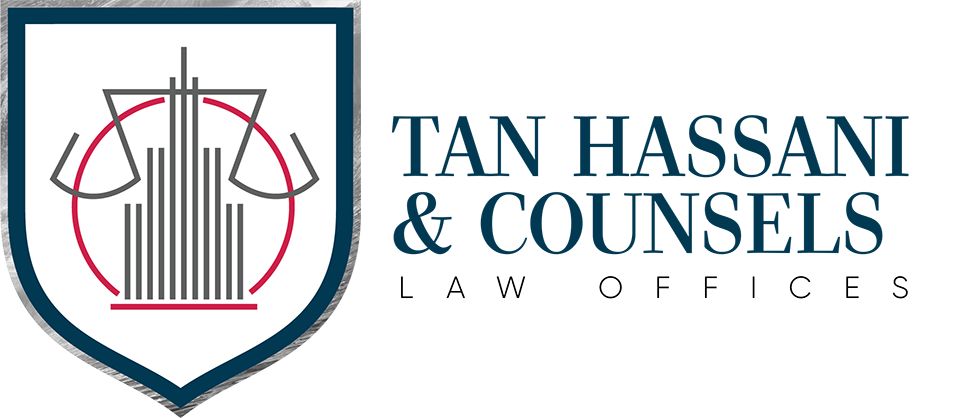President Joe Biden huddled in the Oval Office with several of his top advisers in early April as an aide typed prompts into ChatGPT: Summarize the Supreme Court’s New Jersey v. Delaware ruling and turn it into a Bruce Springsteen song.

Weeks earlier, Biden had joked with Springsteen at the National Medal of Arts ceremony that the case, which centered on rights to the Delaware River, also gave his home state a claim to The Boss. Now, before the president’s eyes, the AI chatbot instantaneously began composing the lyrics in Springsteen’s style.
Like many Americans who have toyed with ChatGPT, the president was wowed.
By the end of the meeting, which also focused on AI’s impact on cybersecurity and jobs, he reminded the aides in the room – including his chief of staff Jeff Zients, deputy chief of staff Bruce Reed and top science adviser Dr. Arati Prabhakar – of what had already been clear inside the West Wing for weeks: AI should be a top priority.
Weeks earlier, explosion of ChatGPT propelled artificial intelligence into the public consciousness, triggering a flurry of hearings on Capitol Hill as AI industry leaders touted its revolutionary potential, but also warned of “the risk of extinction from AI.”
At the White House, the surge of interest in ChatGPT moved AI from the margins to a central priority.
That urgency is being welcomed in AI policy circles. Multiple people who have advised the White House on AI policy said that while the White House laid an important foundation last year with its Blueprint for an AI Bill of Rights, they were concerned that the administration was not devoting sufficient attention to AI policy. Those same people say it’s now clear the White House has shifted into a higher gear to meet the moment.
“If we had this conversation six months ago, my responses would be very different than today,” said a member of the National AI Advisory Committee, who pointed to a “wake-up call” inside the federal government since the explosion of ChatGPT.
Steered by the White House chief of staff’s office, senior administration officials have been meeting two to three times a week to advance AI policy work since earlier this spring, tackling AI on multiple fronts, from misinformation and cybersecurity to economic transformation and equity. AI has also become a consistent topic of conversation during the weekly Saturday strategy sessions between Biden’s senior-most advisers.
After dropping by a meeting of leading AI CEOs at the White House last month, Biden on Tuesday met with a group of AI experts and academics in San Francisco to get a non-industry perspective on the risks and opportunities of AI.
“I want to hear directly from the experts, and these are some of the world’s leading experts on this issue,” Biden said, noting that he hopes to hear about the “risks” and “promise” of artificial intelligence. He added that Vice President Kamala Harris will hold a summit on artificial intelligence next month focused on consumer protection.
Officials say they have been urgently laying the groundwork for several policy actions that will be unveiled this summer – including executive orders – to maximize the effect of existing regulations on AI, harness its potential and establish new guardrails for the booming, multi-faceted technology.
“This is not an area that you can take years to get your arms around or regulate. You’ve got to measure time in weeks,” Zients told CNN. “Speed is really important here. If one acts too slowly, you’re going to be behind by the time you take action, and your action is going to be leapfrogged by the technology. So, we have to act decisively and with speed and pull every lever we have to maximize the positive impact while minimizing any unintended consequences.”
Officials are especially mindful of Washington’s poor track record of swiftly tackling major technological change and the failure to regulate social media early on looms especially large. This time, most leading AI companies are calling for Washington to regulate their industry – albeit with different proposals and motives – and several legislative efforts are already underway.
Senior administration officials acknowledged that legislation will be needed to address some novel aspects and issues arising from AI, including the core technology, but they also believe they can and must begin to shape the regulatory framework through executive action.
Among the tasks officials have already embarked on, including creating an extensive inventory of government regulations that could be applied to AI and identifying where new regulations need to be created to fill the gaps, according to a senior administration official.
By next month, leading AI companies like Google, Microsoft and OpenAI are expected to announce privacy and safety commitments crafted in coordination with the White House, according to a senior administration official, who said the federal government will employ “appropriate methods to ensure companies live up to these commitments.”
This summer, the Office of Management and Budget is also expected to release long-awaited guidance for federal agencies on the use and procurement of AI technologies, leveraging the federal government’s status as a large client to shape the industry.
National security adviser Jake Sullivan and his team are also developing policies to respond to the cybersecurity risks associated with AI and coordinating with the G7 to establish international norms around AI.
Senior administration officials declined to divulge details of other forthcoming executive orders but said to expect additional actions over the summer months.
“It’s a matter of great urgency,” Prabhakar said in an interview. “It’s very active, very focused. People are moving faster than they normally do.”
Several people familiar with the White House’s work also credited Zients, who is steeped in the tech sector and whose arrival in February coincided with the explosion of ChatGPT, with the White House’s ramp-up. One senior administration official referred to him as an “accelerator” of the efforts.
What’s clear is that White House officials aren’t starting from scratch, building instead on their 73-page Blueprint for an AI Bill of Rights released in October, which officials have called a foundation for the administration’s approach to AI policy. Officials are also leaning on the risk management framework released earlier this year by the Department of Commerce’s National Institute of Standards and Technology.
This year, Biden signed an executive order directing federal agencies to root out bias in artificial technologies used by the federal government and combat algorithmic discrimination and the administration announced $140 million to launch new AI research institutes.
“I think what Chat GPT did … was to democratize the fear and spread the concerns much more visibly and broadly in a way that people who have been paying attention to this were aware of, but not the general public,” said Suresh Venkatasubramanian, an AI researcher at Brown University who worked at the White House’s Office of Science and Technology Policy until last summer. “Once that happened … I think everyone – Congress and the White House – went into high gear in thinking about this.”
That fear is something Biden has referenced directly, telling AI leaders who met with Harris and top White House officials last month that “what you’re doing has enormous potential and enormous danger.”
“I don’t think ever in the history of human endeavor has there been as fundamental potential technological change as is presented by artificial intelligence,” Biden said at a news conference earlier this month. “It is staggering. It is staggering.”
Source – https://www.cnn.com/2023/06/20/politics/joe-biden-artificial-intelligence/index.html
